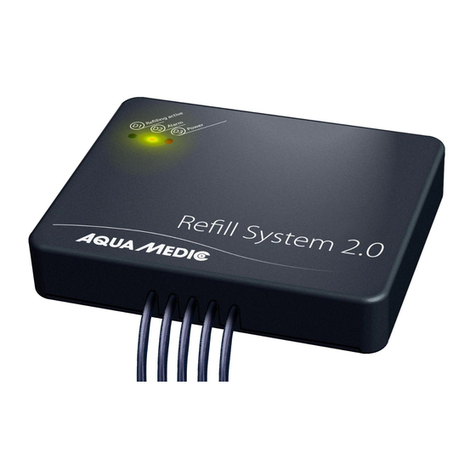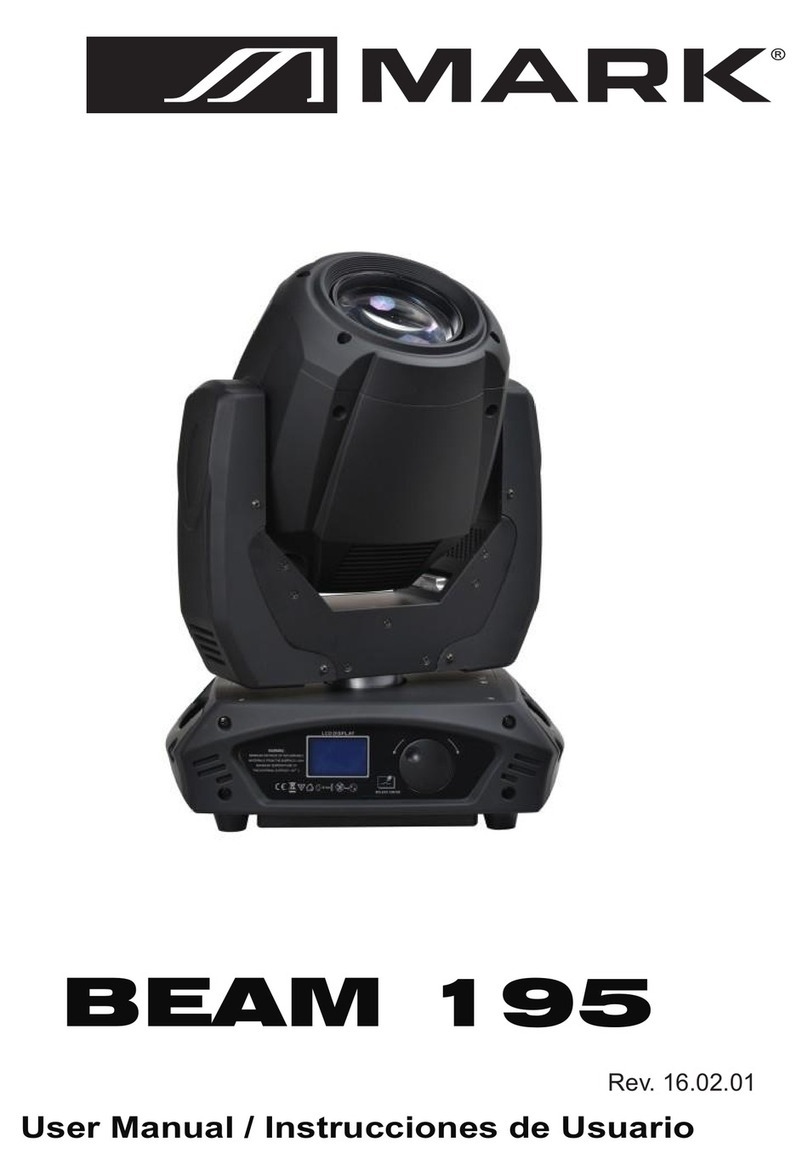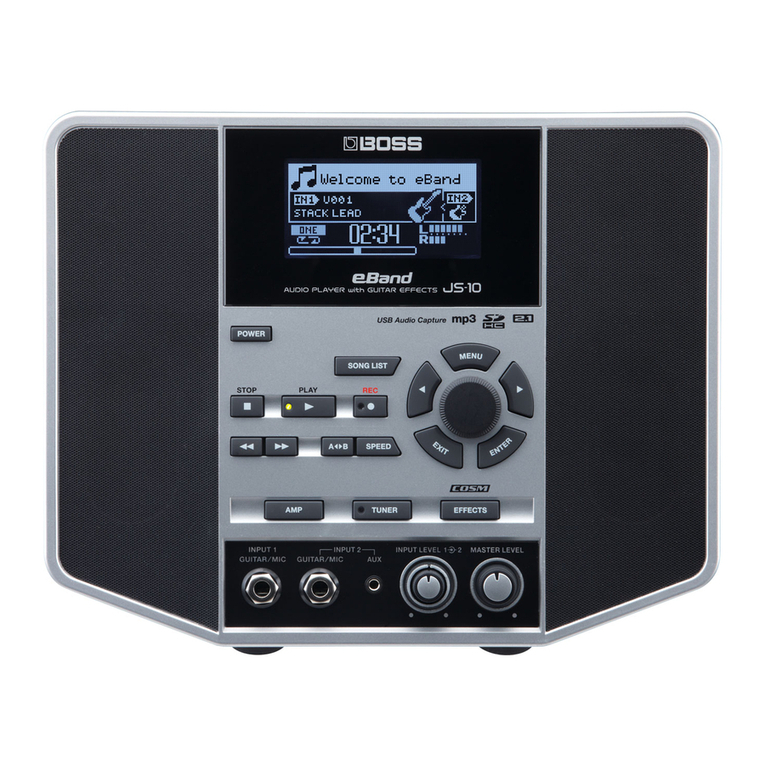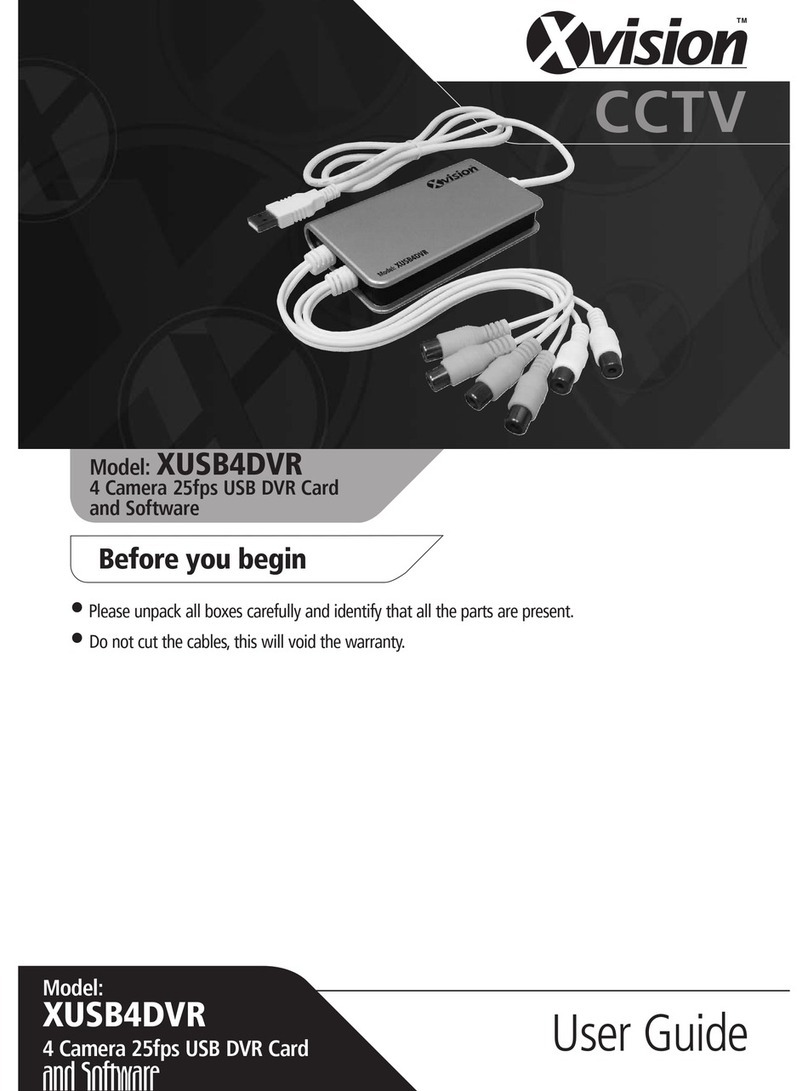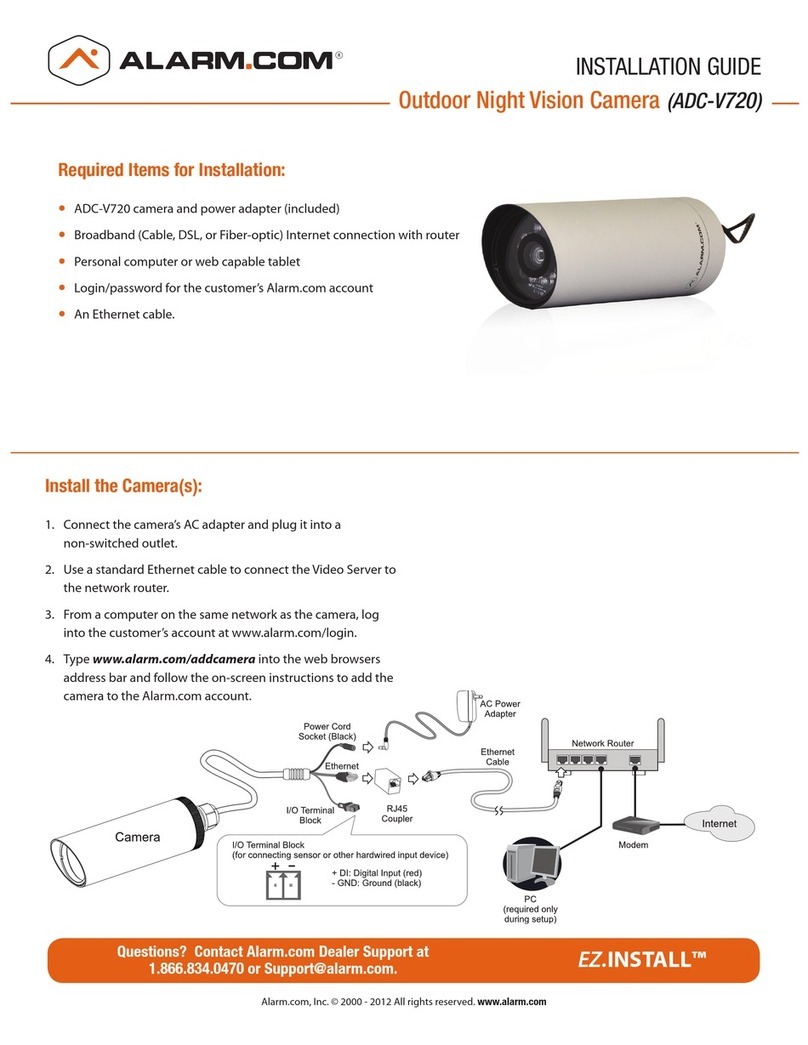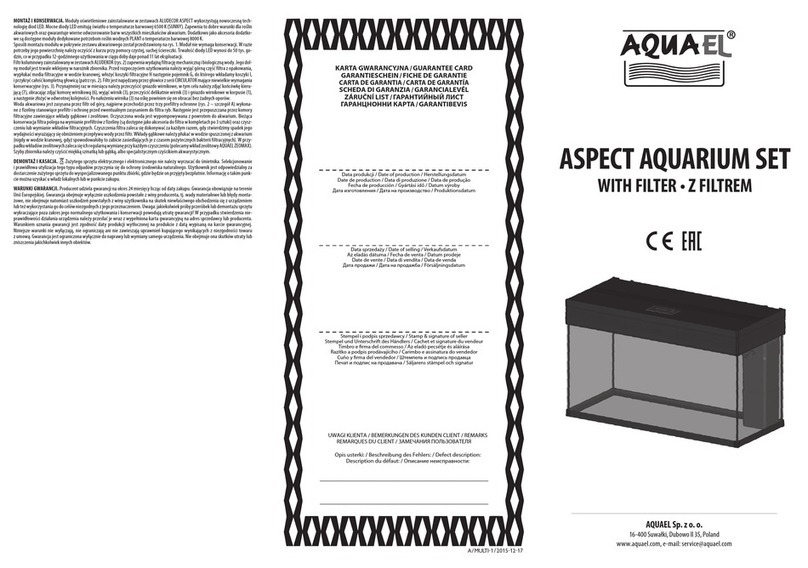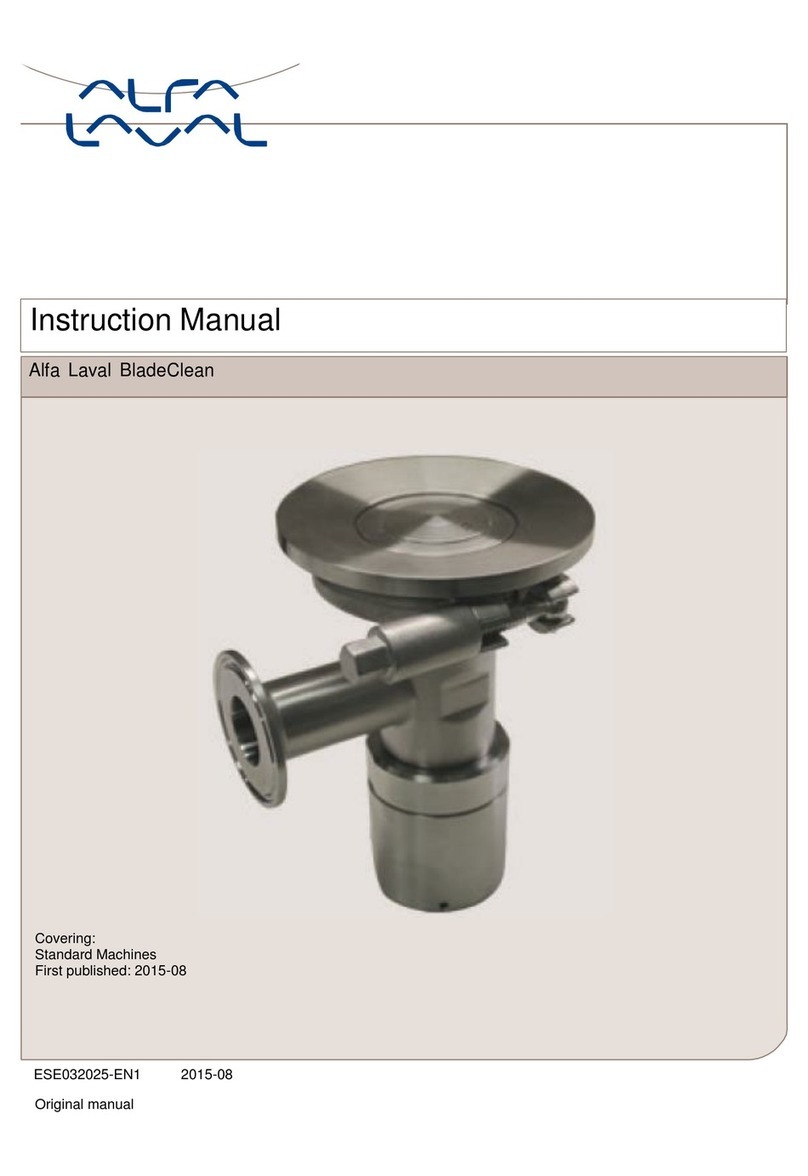Evenheat Kingpin 88 User manual

Kingpin 88
Installation and Operating Manual
North American and Global Models
June 2014
Page 1of 7
SAFETY
Read and understand this installation and operating manual as well as the controls manual before operating your kiln. If you have any questions please
contact Evenheat Kiln at 989-856-2281 or at evenheat-kiln.com.
Kilns are as safe as any other electrical appliance when used under normal and proper operating conditions. To create and maintain this safe environment
observe all safety precautions.
Warning Symbol Descriptions
Warning symbols are used throughout this manual. These symbols alert the operator to certain hazards and important information. Pictured below
are symbols used along with a description of each.
The Exclamation Point alerts you to particular cautions, hazards and information.
The Lightning Bolt alerts you to specific information regarding the risk of electric shock.
Electric shock may result in injury or death.
The Heat Waves alert you to specific information regarding the risk of burn injury.
Emergency Shut Off Provision
The kilns power supply connection (plug/receptacle, breaker or disconnect) acts as the emergency electrical power shut off. Access to these
devises should be unobstructed and safe at all times.
All electrical installations for direct wired models (those without a plug/receptacle connection) must include a power disconnect near the kiln and that
is easily accessible and safe for emergency power shutoff.
Electrical Safety
A licensed electrician should be used for all electrical installation and service. All applicable local, state and federal electrical codes must be
followed.
Use correct voltage, wire size and fuse or breakers. Kiln electrical requirements are located on the kiln nameplate. Make sure all electrical connections
are tight. Avoid using aluminum wire.
Always use the proper electrical receptacle. Never alter the kiln cordset or cordset plug. Alterations can be dangerous. Alterations will void any
warranties along with nullifying any Listing Agency markings.
Evenheat recommends that a voltage check be performed before placing the kiln into service, ideally before actual purchase. Operating
voltage varies. The kilns operating voltage (printed on the kilns nameplate) must match the applied voltage (actual electrical service voltage).
If it does not, do not install or operate the kiln as potential electrical and fire hazards exist. Contact Evenheat for guidance in such cases.
The kiln must be properly grounded.
Unplug or disconnect the kiln from the electrical service before accessing the chamber for servicing or vacuuming. Do not attempt to touch
or replace the heating elements while the kiln is plugged in or connected to the electrical service. Electric shock may result in serious injury
or death.
Never, ever use an extension cord to operate a kiln.

Kingpin 88
Installation and Operating Manual
North American and Global Models
June 2014
Page 2of 7
Kiln Location Safety
The best location for the Kingpin 88 is a non-combustible work surface.
Do not place or use kiln on combustible surface.
The surface on which the kiln is placed shall be capable of safely supporting the combined weight of the kiln, kiln load and any operating personnel.
Observe all building, fire and safety codes when installing the kiln.
Do not install the kiln closer than 12” (31cm) from combustible wall surface or object or 36” from any ceiling surface in all opened and closed
positions.
Install in a covered, well ventilated area.
Never place the kiln in a small, enclosed area such as a closet, cabinet or very small room. The room in which the kiln is placed into service shall be
capable of safely dissipating all heat produced by the kiln.
Do not place the kiln in any structure resembling a carport or screened in porch. Avoid areas that are subject to outdoors weather.
Never install a kiln outside. Avoid moisture.
It is the user’s responsibility to be knowledgeable regarding any and all contaminants, produced by the ware during firing, and take steps to properly
and legally contain and dispose of these contaminants.
It is the user’s responsibility to provide ventilation capable of removing all gases, fumes and other airborne contaminants produced by the ware
during firing safely from work the area and building structure.
Do not store flammable or combustible products near or in the same room the kiln such as gasoline, paint, aerosol cans, paper, curtains,
plastics, etc. Better yet, store these items in another separate structure designed for this purpose.
Position the power supply cables, power supply conduit, controller cables, pyrometer thermocouple leads and other materials in such a way as not to
create a tripping hazard around the kiln.
The area around the kiln should be free of obstructions that interfere with the proper and safe operation of the kiln.
Never place anything under or above the kiln for storage. Absolutely nothing should be propped against the kiln.
Kiln Use Safety
The surface of the kiln is hot and burn injuries are possible. Keep all children and unsupervised personnel away. Always wear protective
clothing, gloves and eyewear when operating and handling a hot kiln.
Use extreme care when accessing a functioning and/or hot kiln. Although the heating elements of the Kingpin 88 are embedded within the
fiber walls, under no circumstances should you touch the heating elements with your body or any other devises like tools. Electrical shock
may result in serious injury or death.
Use care when accessing or looking into a hot kiln, this includes looking through a cracked lid or peepholes. High heat escapes quickly and
burn injury may result. When accessing or looking into a hot kiln, approach slowly and wear protective clothing and gloves designed to
withstand high heat and eyewear capable of filtering Infrared and Ultraviolet light.
Protective clothing should be worn when operating the kiln and includes, but is not limited to, cotton clothing, heat resistant gloves and eyewear
capable of filtering Infrared and Ultraviolet light.
Do not operate the kiln over the maximum temperature rating printed on the nameplate.
Never fire a kiln unattended beyond its anticipated firing time.
Never allow the power cord to touch the kiln. If the cord, plug or receptacle become damaged discontinue use and replace immediately.
It is recommended that a fire extinguisher, capable of dousing an electrical fire, be accessible in the event of fire. Smoke detectors within the kiln
room are also recommended.

Kingpin 88
Installation and Operating Manual
North American and Global Models
June 2014
Page 3of 7
Keep the kiln door closed when not in use.
It is the user’s responsibility to have knowledge of the material intended to be fired. If you are unsure as to the safety of firing a particular
material contact your materials supplier for guidance. If you remain unsure as to the safety of firing a particular material do not do it. Firing
hazards include materials that explode or produce toxic gases. Finished ware hazards include materials containing lead. Materials containing
lead should not be used for articles intended for food use.
Fire all ware according to the material manufacturer’s instructions. Improper firing may result in damage to the kiln or ware.
Do not use the kiln to prepare food, heat a living space, dry clothes or ice laden articles or use as a storage devise. The kiln is designed for one purpose
and one purpose only: the firing of glass materials.
A kiln will remain very hot long after the firing is complete. All safety recommendations should be followed, even with the kiln unpowered, to avoid
any burn injuries. Keep children and other unauthorized personnel away.
When firing is complete, and during periods of non-use, remove power from the kiln by unplugging or by throwing the disconnect or breakers to the
OFF position.
Kiln Maintenance Safety
Disconnect electrical power from the kiln before performing any kiln maintenance. Failure to disconnect the electrical power supply may
result in electrical shock which can cause serious injury or death.
Replace any worn, damaged or defective parts immediately with Evenheat Kiln replacement parts only. This includes the elemented fiber
chamber muffle itself. If heating elements become exposed, discontinue use immediately and repair before further use. Discontinue use
until parts are replaced.
When vacuuming the kiln use only HEPA filters on the vacuum. Prolonged expose to brick dust and other refractory materials can cause lung
injury.
Inspect all electrical service connections periodically for wear.

Kingpin 88
Installation and Operating Manual
North American and Global Models
June 2014
Page 4of 7
Kingpin 88 Features
Set-Pro Control with Express Mode and 4 User Programs
The Kingpin 88 is equipped with our Set-Pro with Express Mode, 3 button control. The Set-Pro with Express Mode is loaded with 12 pre-set
metal clay firing programs (5 for Art Clay, 5 for PMC and 2 for Prometheus) for quick and easy programming.
Express Mode programs include PMC Standard, PMC+, PMC3 (slow), PMC3 (fast), PMC Gold, Art Clay Silver Standard, Art Clay Silver Standard
Slow Dry, Art Clay 650/1200 Low Fire, Art Clay Silver 650/1200 Low Fire Slow Dry, Art Clay Copper,, Prometheus Copper and Prometheus
Bronze. The Set-Pro also contains 4 custom programs that allow you to decide the firing details such as with glass firing, bead annealing and
non-metal clay firing.
As with all of our controls, the Set-Pro is manufactured exclusively for Evenheat by Bartlett Instrument Company in Iowa. Bartlett enjoys a well
deserved reputation as the finest control supplier on the market. They perform very well indeed.
Embedded Heating Elements
The heating elements of the Kingpin 88 are completely embedded within the chamber fiber for safety. Especially important with Bead Door
equipped models.
The heating elements of the Kingpin 88 are located along the left and right side of the firing chamber. This design provides for excellent
temperature distribution throughout the kiln. You’ll love the results.
Angled Control for Comfortable Use
The control on the Kingpin 88 is positioned at a friendly viewing and programming angle. It’s a thoughtful design feature and a detail you
expect from Evenheat.
Standard Household Plug
The Kingpin 88 is designed for use on standard household voltage and current. Simply plug into any dedicated household receptacle and you're
ready to go.
Attractive Powder Coat Finish
The exterior of the Kingpin 88 is finished in an appealing powder coat finish. Powder coating is a finishing method that provides great looks with
greater protection against scuffs and scratches than paint. Powder coating has the added advantage of being environmentally friendly to apply.
Cool-Touch Handles
We've designed the Kingpin 88 with a non-metallic, Cool-Touch handles that stays cool throughout the firing process.
Sizable Firing Chamber
The Kingpin 88’s firing chamber is “personal studio” sized allowing the artist room to fire multiple pieces at once.
Wide Opening Door
The door on the Kingpin 88 swings out fully (180°+) for easy access to the firing chamber.
Well Ventilated Enclosure
The enclosure on the Kingpin 88 is very well ventilated to help keep internal control components cool and operating properly. Strategically
placed inner baffles act as additional protection against heat. Longer life, high reliability: solid design makes a difference.

Kingpin 88
Installation and Operating Manual
North American and Global Models
June 2014
Page 5of 7
Kingpin 88 Features cont.
Door Options
The Kingpin 88 is offered with a bead door for those who enjoy annealing glass beads. The bead doors on the Kingpin 88 feature a wide 7-1/2”
opening as well as 15 mandrel teeth for maximum use. The bead door also features a soft, flexible fiber seal that forms slightly around the bead
mandrel for added stability.
Vented Chamber with Vent Plug
The firing chamber of the Kingpin 88 is vented and is equipped with a vent plug. Venting is desirable during many heat processes, particularly
lost wax casting.
Kiln Setup and Placement
Kiln Location
Place your Kingpin 88 in a location that offers a level, non combustible surface. The Kingpin 88 should be placed no closer than 12” from any
wall or 36” from any ceiling surface in all opened and closed positions. All flammable and combustible materials should be removed from the
kiln area. Enjoy your kiln safely.
Kiln Operation
Plugging In the Kingpin 88
Plug the Kingpin 88’s power plug into your standard household outlet. As the Kingpin 88 requires 12A/120V to operate, it’s best that it be the
only devise plugged into the circuit. Once you plug it in make sure the power cable is not touching the kiln.
Your Firing Surface
We suggest that you use a firing shelf, prepared with kiln wash or glass separator, for all Kingpin 88 firings. You may also choose to fire on many
of the fiber “papers” available. These shelves are available from Evenheat.
We suggest that you DO NOT place your ware directly on the chamber floor. If a firing fault occurs it is much easier (and cheaper) to replace the
shelf than the firing chamber. The exception to this rule is that bead annealers may place beads directly on the chamber floor.
Pre Fire
Evenheat suggests that you perform a test fire with your new kiln before putting it into service. A pre fire gives you an opportunity to become
familiar with the features and functions of the kiln before committing to an actual firing. A light lubricant was used in the production of your
heating elements. The pre fire will burn this off, almost immediately! You may notice a light smoke as this occurs. It’s normal.
The Kingpin 88 should not be loaded with any ware for the pre fire operation. We would suggest using an actual firing program that you are
likely to use. Your Kingpin 88 was shipped with a Set-Pro control manual. Please refer to that manual for programming instructions.
Scan this QR code to view instructional programming videos for both the Evenheat Set-Pro and
Rampmaster controls.
You will also find these instructional videos and manuals on our web site www.evenheat-kiln.com

Kingpin 88
Installation and Operating Manual
North American and Global Models
June 2014
Page 6of 7
Kiln Operation cont.
As you run the pre fire keep an eye on the kiln to get a feel of how it functions. You’ll notice a slight clicking sound from the control relay and an
increase in chamber temperature. Once the pre fire is complete allow the chamber to assume room temperature before opening. We would
encourage you to repeat this pre fire procedure if you’ve never fired a kiln of this design before. You won’t hurt anything. Kilns are wonderful
machines and they’re even more wonderful when you know what to expect and how to work them.
Loading the Kingpin 88 for Firing
Always load and unload the Kingpin 88 with the power switch thrown to the OFF position.
The Kingpin 88 must always be at or near room temperature before loading.
With the power switch thrown to the OFF position, pull on the door handle to open.
Place your prepared shelf and ware into the firing chamber.
Close the door until the door latch snaps shut. The door latch is a spring loaded design and closing pressure may be adjusted. Simply use a
slotted screw driver to increase or decrease closing pressure.
Firing the Kingpin 88
All firing operations are performed by the Set-Pro control. Refer to the included Set-Pro manual for programming instructions.
Do not open the kiln during firing. Doing so presents a burn hazard. High heat escapes very quickly.
Unloading the Kingpin 88
The Kingpin 88 must always be at or near room temperature before unloading. Do not open or unload the kiln if chamber temperature is not at
or near room temperature.
Always load and unload the Kingpin 88 with the power switch thrown to the OFF position.
With the power switch thrown to the OFF position, pull on the door handle to open.
Remove your ware and prepared shelf.
Close the door until the door latch snaps shut.

Kingpin 88
Installation and Operating Manual
North American and Global Models
June 2014
Page 7of 7
Firing Cautions and Tips
Crash or Flash Venting
Caution: There is a technique called “Crash Venting” or “Flash Venting” that is used in some firing procedures, most notably glass firing. This
involves opening the kiln at high temperature in an attempt to cool it very quickly and to stop any further changes to the glass. It’s a valid and
popular technique but it does come with some risk. Specifically: risk of burns. If you attempt this procedure be aware that the hot gases in the
kiln will escape very quickly. First and Foremost –Keep Your Face Away and Stand Back. Wear eye protection capable of filtering Infrared and
Ultraviolet light (IR and UV), gloves capable of surviving expected chamber temperatures and loose fitting cotton clothing. Also be aware of
your surrounding environment. Always make sure there are no flammable or combustible materials near. You should be doing this anyway but
be aware. When the door is opened a lot of heat comes pouring out quickly and it needs to go somewhere so give it plenty of room. After the
bulk of the heat has escaped you may wish to approach the kiln more closely. If so, do so slowly and with care.
Ware Manipulation
Caution: Some firing techniques involve using manipulation tools or require chamber access during the firing process. Before using any such
techniques throw the power switch to the OFF position. Not doing so creates an unsafe condition. Making contact with energized heating
elements is dangerous and may cause serious injury or death. Also please note that there is a burn risk. If you attempt any procedures involving
opening and/or entering a kiln that is firing be aware that the hot gases in the kiln will escape very quickly. First and Foremost –Keep Your Face
Away and Stand Back. Wear eye protection capable of filtering Infrared and Ultraviolet light (IR and UV), gloves capable of surviving expected
chamber temperatures and loose fitting cotton clothing. Also be aware of your surrounding environment. Always make sure there are no
flammable or combustible materials near. You should be doing this anyway but be aware. When the door is opened a lot of heat comes pouring
out quickly and it needs to go somewhere so give it plenty of room. After the bulk of the heat has escaped you may wish to approach the kiln
more closely. If so, do so slowly and with care.
Venting
Venting: Venting is a fairly common procedure used during the firing process. It helps to bring fresh oxygenated air into the firing chamber
while expelling depleted air and burn off. This is particularly useful when color or adhesives are involved. Venting can also be used to speed up
the cooling process. Generally speaking, venting usually occurs in the beginning of the firing when burn off from adhesives, decals or other
related materials is expected. Once the kiln reaches “Red Heat” (about 1000°F) it’s generally acceptable to close the vent. Keep in mind that
venting requires manipulating the door and/or vent plug (located at top of kiln) and venting while the kiln is firing means it’s going to be hot.
First and Foremost –Keep Your Face Away and Stand Back. Wear eye protection capable of filtering Infrared and Ultraviolet light (IR and UV),
gloves capable of surviving expected chamber temperatures and loose fitting cotton clothing. Also be aware of your surrounding environment.
Always make sure there are no flammable or combustible materials near. You should be doing this anyway but be aware. When the door
and/or vent plug are opened or removed some heat does come out quickly and you do.
Table of contents
Other Evenheat Other manuals
Popular Other manuals by other brands
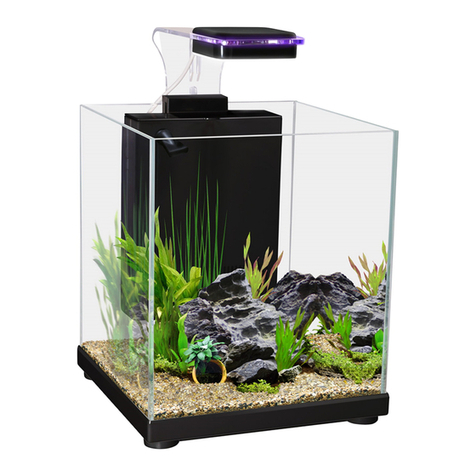
Aqua One
Aqua One Betta Sanctuary user manual
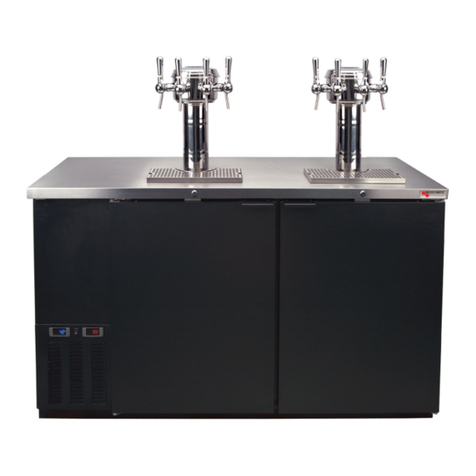
MICROMATIC
MICROMATIC MDD23W Series Installation, use & maintenance guide
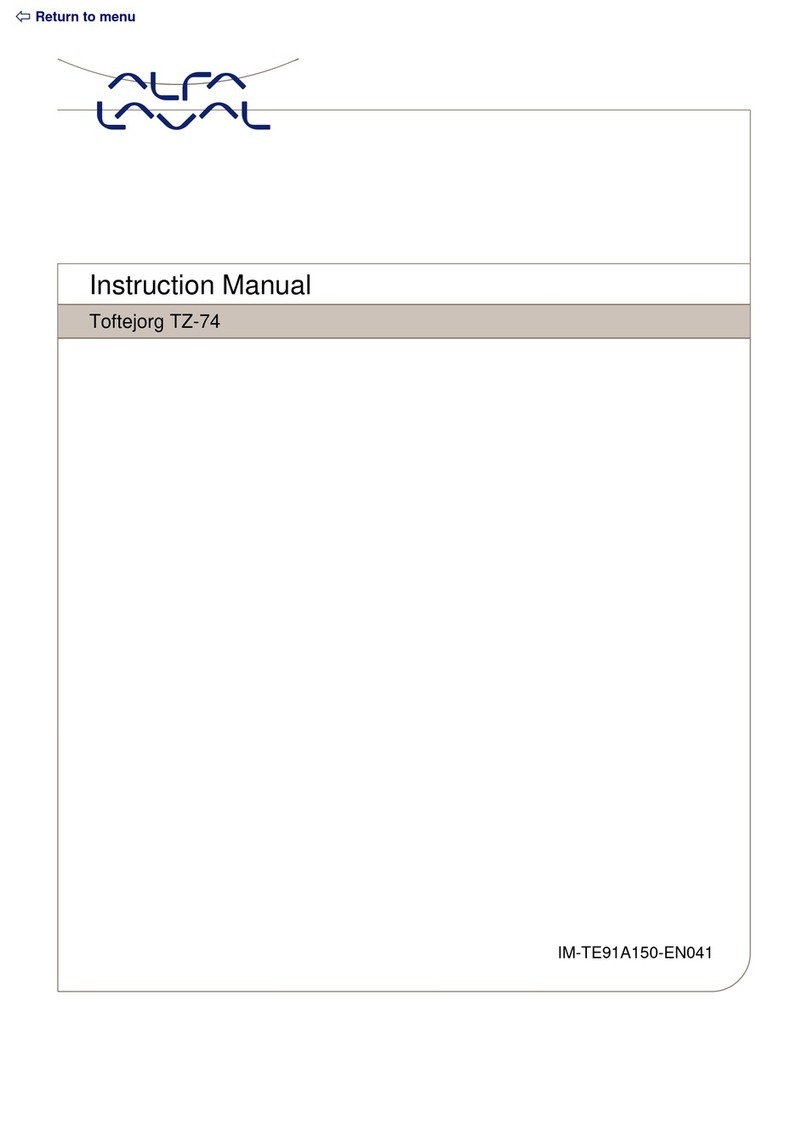
Alfalaval
Alfalaval Toftejorg TZ-74 instruction manual
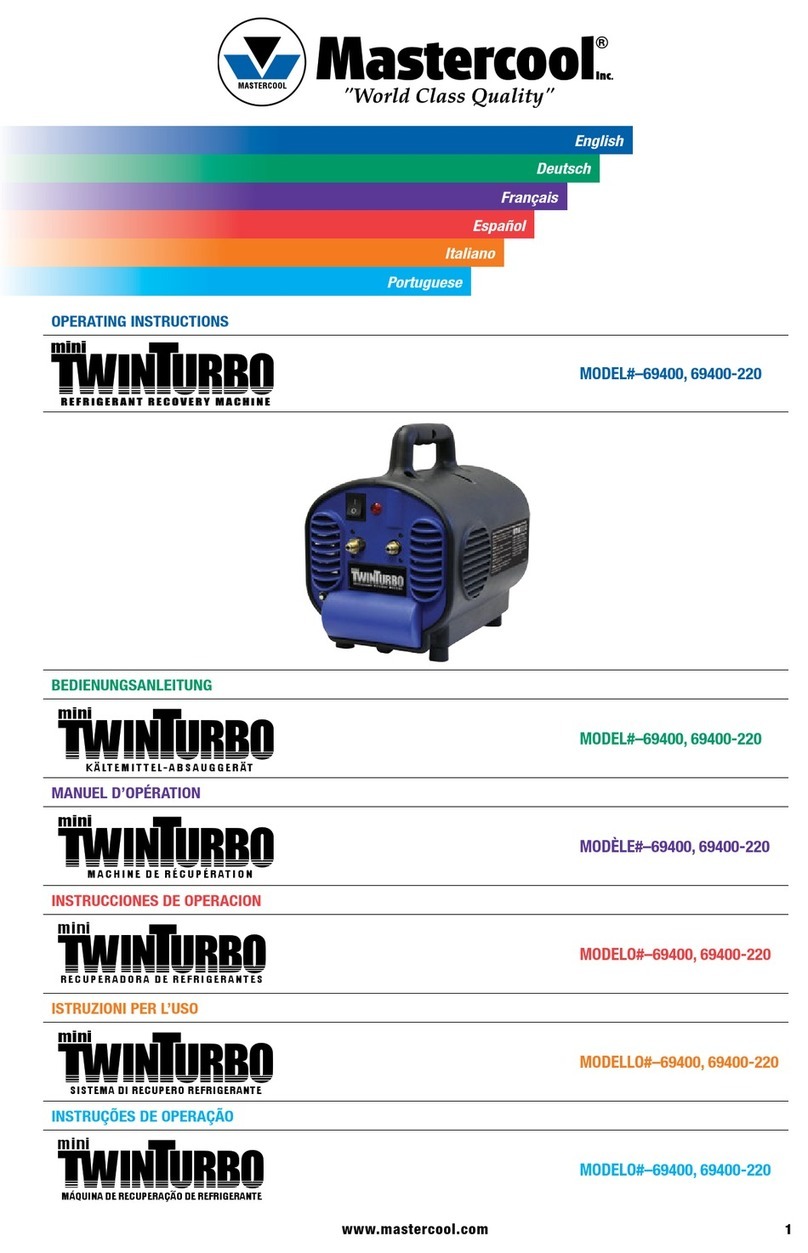
Master cool
Master cool Mini Twin Turbo Series operating instructions

Aqua Medic
Aqua Medic CO2 reactor+ Operation manual

Aqua Medic
Aqua Medic aquafit Series Operation manual



